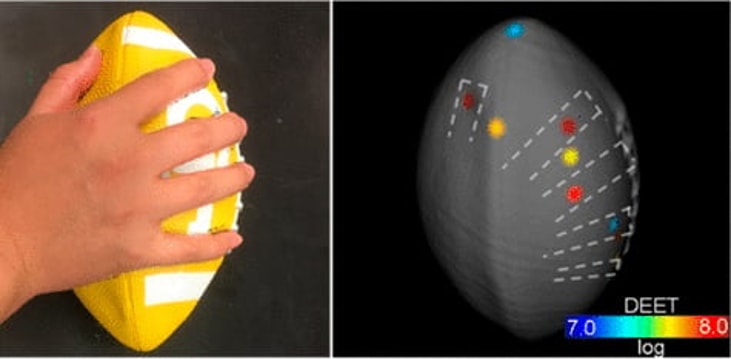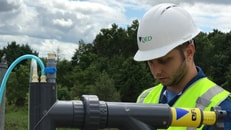Robotics add 3-D component to mass spectrometers
If you think that the evolution of 3-D printing makes it creepy to watch objects being made by a computer printer, just wait until it starts solving crimes through forensic science.
Scientists from the Georgia Institute of Technology in Atlanta have combined a robotic arm and mass spectrometry to analyze the surface of irregularly shaped 3-D objects, potentially opening up new branches of forensics and pharmaceutics.
The report, published in the American Chemical Society (ACS) journal Analytical Chemistry, describes how mass spectrometry (MS), a tool that helps researchers identify the components of a sample, has made its way outside the laboratory for use in forensics and drug screening in recent years, but requires human intervention to examine large, bulky, curved objects without a lot of human intervention.
Researchers have developed a new method called robotic surface analysis MS (RoSA-MS). To do this, they attached a custom-built laser scanner to a force-sensing robotic arm. A laser scanner creates a digital map of the sample’s surface, which directs a spring-loaded sampling probe — also attached to the arm — to certain locations. The probe briefly contacts the surfaces of objects and collects trace amounts of the material. After collecting the sample, the arm places the probe into an electrospray ionization mass spectrometer that can analyze a wide range of samples.
... to continue reading you must be subscribed





















